Face Covering Guidance
Employees:
Face coverings remain available at campus building lobbies, at this time. Employees who would like a higher level of protection may request an N95 mask.
Students:
If you are a student experiencing COVID-19, flu-like symptoms, fever, or rash, please call the Student Health Center (SHC) at (209) 667-3396 before you arrive to allow SHC staff to better evaluate your needs over the phone and help determine the best level of care while preventing the spread of any possible illnesses.
Choosing to wear a face covering as a respiratory illness prevention strategy is especially helpful to reduce risk when:
-
Respiratory viruses are causing a lot of illness in your community.
-
You or the people around you were recently exposed to a respiratory virus, are sick, or are recovering.
-
You or the people around you have risk factors for severe illness.
Types of Face Coverings
Staff/Faculty: N95 Respirator as Face Covering
An N95 respirator can be worn voluntarily by faculty and staff, regardless of vaccination status. These are available at no cost to the individual or department.
A request for an N95 respirator must be submitted by each individual who will be using the item. Please use the N95 for Voluntary Use form to submit a request.
Putting on a face covering
- Avoid touching the front of the face covering once it's on.
- Wash hands or use hand sanitizer prior to handling the face covering.
- Ensure the face-covering fits over the nose and under the chin.
- Situate the face-covering properly with nose wire snug against the nose (where applicable).
- Tie straps behind the head and neck or loop around the ears.
Taking off a face covering
- Do not touch your eyes, nose, or mouth when removing the face covering.
- When taking off the face covering, loop your finger into the strap and pull the strap away from the ear, or untie the straps.
- Wash hands or use hand sanitizer immediately after removing.
Care, storage and laundering
- Keep face coverings stored in a paper bag when not in use.
- Face coverings should be replaced immediately if soiled, damaged (e.g. ripped, punctured) or visibly contaminated.
- Disposable face coverings must not be used for more than one day and should be placed in the trash after you return home for the day or if it is soiled, damaged (e.g., stretched ear loops, torn or punctured material) or visibly contaminated.
Approved Face Coverings
| Face Covering Design | Picture | Description |
|---|---|---|
| Disposable surgical or medical grade mask |
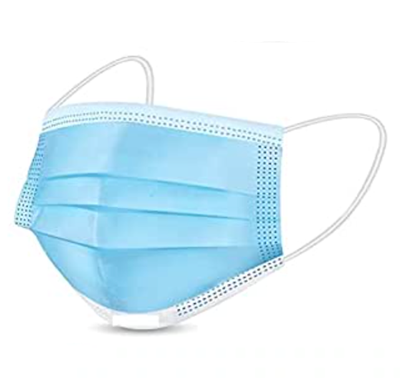
|
Manufactured non-woven material 3-ply filter with elastic loops that cover nose and mouth. |
| Disposable KF94 |
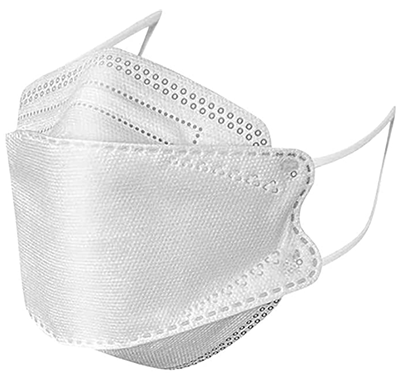
|
Manufactured non-woven material 4-ply filter with elastic loops that cover nose and mouth. KF94s are designed to meet Korean standards. These are not available through the COVID Supply Store but may be worn on campus. |
| Disposable KN95 |
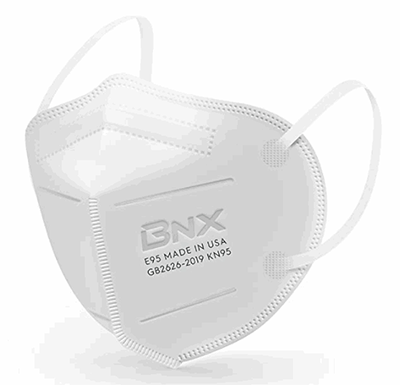
|
Manufactured non-woven material 5-ply filter with elastic loops that cover nose and mouth. KN95s are designed to meet Chinese standards. |
| Disposable N95 |
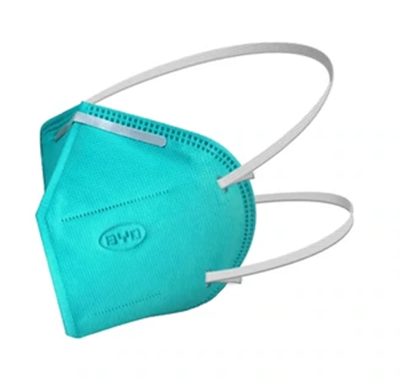
|
Manufactured non-woven material 3-ply filter with elastic head straps. Filter efficiency of 95% or greater against solid and liquid aerosols free of oil. N95s are certified by the National Institute for Occupational Safety and Health (NIOSH) and meet U.S. standards. These are unavailable through the COVID Supply Store and must be requested through the N95 Voluntary Use Form. |
| Face Shield with a drape |
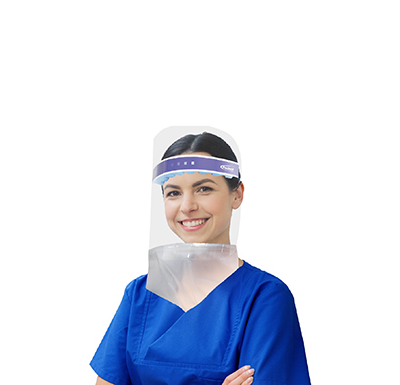
|
Clear plastic face shield with a drape long enough to tuck into the front of a shirt. These are an available accommodation and can be requested by submitting a Request for Reasonable Accommodation. |
Updated: April 30, 2025